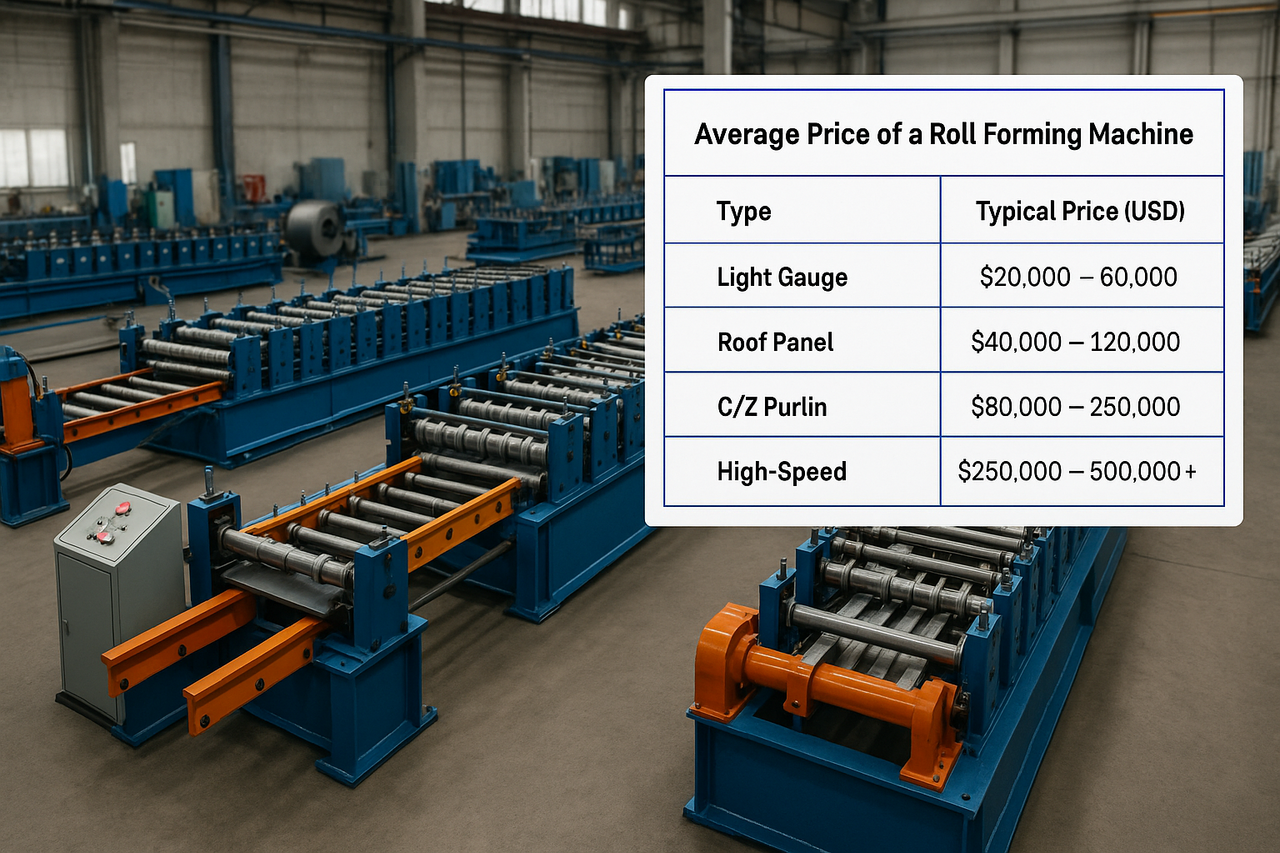A Roll Tooling Designer is responsible for designing the tooling used in roll forming machines to shape metal into specific profiles. Roll forming is a continuous bending process where metal is gradually shaped through successive pairs of rolls. The designer's job is to create the precise tooling (rolls, dies, and associated equipment) required to form specific shapes accurately and efficiently.
Key Responsibilities:
- Tooling Design: Develop detailed designs for roll forming tools, including rolls, dies, punches, and other equipment used in the roll forming process. This involves creating CAD models and engineering drawings that specify the geometry, tolerances, and materials.
- Profile Development: Work with customers or internal teams to understand the specific profile required, ensuring that the tooling can produce consistent and accurate results over long production runs.
- Material Selection: Choose appropriate materials for tooling that can withstand the wear and tear of continuous metal forming, considering factors like hardness, tensile strength, and corrosion resistance.
- Process Optimization: Collaborate with engineers and production teams to optimize the roll forming process, ensuring efficiency, reducing waste, and improving product quality.
- Problem Solving: Address challenges related to tool performance, production defects, or profile accuracy, making adjustments to tooling designs as needed to maintain high-quality output.
- Testing and Validation: Oversee or participate in the testing of new tooling designs to ensure they meet specifications, performing any necessary adjustments based on real-world performance.
- Collaboration: Work closely with manufacturing, engineering, and quality control teams to integrate tooling designs into production lines and ensure that the roll forming process runs smoothly.
- Documentation: Create and maintain detailed records of tooling designs, specifications, and production results to ensure repeatability and provide reference for future improvements.
Skills Required:
- CAD Proficiency: Strong ability to use CAD software (such as AutoCAD, SolidWorks, or other engineering tools) to create detailed tooling designs.
- Mechanical Engineering Knowledge: A solid understanding of mechanics, materials, and manufacturing processes is essential to design tooling that works efficiently in real-world applications.
- Attention to Detail: Precision is critical, as even minor errors in tooling design can lead to defects in the final product.
- Problem-Solving Skills: Ability to troubleshoot issues in the roll forming process and propose effective solutions.
- Understanding of Roll Forming: Familiarity with the roll forming process, including how various metals react to being formed and the limitations of tooling.
Education and Experience:
- Degree in Mechanical Engineering or a related field.
- Experience in Tooling Design for manufacturing, especially in roll forming or similar processes.
- Knowledge of Metalworking and production processes involving sheet metal.
Roll Tooling Designers play a crucial role in ensuring the efficiency and precision of roll forming operations across various industries, including construction, automotive, and manufacturing.



